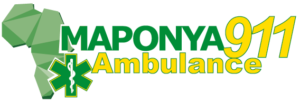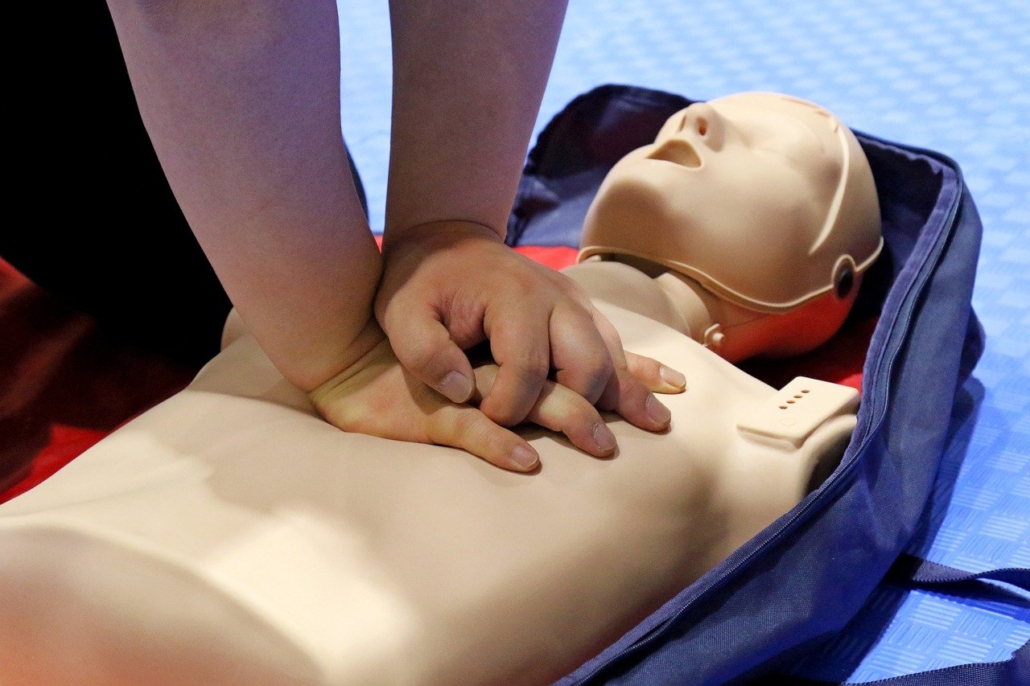How to do Road Site CPR
Road Emergency Assist CPR:
For most South Africans, the December holiday period can be one of the most joyous yet one of the most dangerous times on our roads.
With over 800 deaths recording during December 2016 alone, a 17% increase since 2015, a better awareness on our roads and preparing for worst-case scenarios should be considered and trained toward to be safer on our roads during the festive and holiday season.
Should you find yourself in a situation where you are the first responder, assisting crash or injured victims can mean their survival?
We wanted to give you some basic tips on road site assist CPR, which could mean the difference. Please note though, we advise each reader to acquire official CPR training regardless of the following tips provided.
What is CPR?
CPR (Cardio Pulmonary Resuscitation) is a life-saving emergency response technique. Performing CPR pumps oxygen-rich blood into the heart and brain. It can prevent brain damage and may save a life.
What are the Basic Steps of CPR?
The Basic Steps are easy to remember – When you get to a scene, and you find an emergency situation, follow these 3 basic steps: Check, Call, Care:
Step 1: Check
Firstly, access the scene of the incident, ensure that both you and the victim are safe or secure from further harm before performing any CPR. Do not put your own life in danger and become a victim yourself!
When you are assessing the scene, also make a note of the following:
- Possible safety risks
- How many victims are in your vicinity?
Check the victim, attempt to talk to them to see if they are indeed conscious or not, or as a last resort, tap them on a shoulder lightly, but do not move them as they may have other unforeseen injuries.
Step 2: Call
If they are unconscious or under any other life-threatening conditions, you should automatically call an emergency response number: 0861 960 960 24
Step 3: Care
It is most important to remember the ABC of Care
A is for airway
B is for breathing
C is for circulation.
Step 4: A for Airway
To open the airway, tilt the head back, lift the chin and look, listen, and feel for up to ten seconds. This way you can tell if a person is breathing.
Step 5: B for Breathing
If there is no breathing, go to the “B” step, which involves administering two rescue breaths into the person’s mouth. Tilt the head back, pinch the nose, lift the chin and give two breaths ensuring that a tight seal in made around their mouth with yours. Those breaths are about 1 second long.
If the breaths go in, look towards the victim’s chest while administering the rescue breaths, you will notice the chest rise that tells you that there is no blockage. Look at the victim’s body and see if there’s any bleeding, and if so you need to put pressure on the site so as to stop the bleed. If there is a second rescuer or bystander, get them to hold a sturdy amount of pressure on the wound. Then, begin CPR.
If the breaths did not go in try again, you may not have maintained a good seal the first time, if the breaths still do not go in, the victim’s airway is obstructed. Follow the steps for Unconscious Choking.
Step 6: Check Pulse
Pulse check is no longer done for adults. However, one should check the pulse of children and infants. For children, check the pulse on the side of the neck. For infants, check the pulse on the middle of the inside of the arm, between the elbow and the shoulder.
Step 7: C for Circulation
Check the pulse and breathing, and act accordingly. If there are a pulse and breathing, place them on their side in the recovery position.
Step 8: Rescue Breathing
If there is a pulse but no breathing, breathe for the victim. They do not require compressions – only breaths. So do what is called “rescue breathing”.
Give one breath every 5 seconds, and give 24 breaths in about 2 minutes. At the end of two minutes, stop to re-check the pulse and breathing again, and decide how to proceed.
Step 9: CPR
If the victim had no pulse / no breathing, perform CPR.
CPR is a combination of compressions and breaths and it serves to let oxygenated blood throughout the entire body. It keeps the brain and other vital organs alive until advanced emergency personnel can take over.
When we do CPR, we’re going to do 30 compressions and 2 breaths and we’re going to do them five times every 2 minutes.
For CPR for a child, you can use two hands, but if you’re dealing with a very small child, you probably want to do a one-handed technique. The one-handed technique involves putting one hand in the centre of the chest and the other on the forehead. Keep that airway open and put your shoulders directly on the victim’s chest and keeping your arms straight. Compress down one to one and a half inches as you do your compressions. Count out loud while doing the compressions: one and two and three and four, ensuring that you compress the victim’s chest at least 2/3 of the width of the chest.
Remember to keep your hands placed on the victim’s chest on the breastbone at the level of the nipples.
Step 10: Stopping CPR
Once you begin CPR, do not stop to recheck. Continue without stopping, until you see signs of life, another trained person takes over, a defibrillator is ready to be used, the scene becomes unsafe, or you are too exhausted to continue.
Step 11: Recovery
If the victim shows signs of life, recheck their airway and breathing, and if they are breathing, place them in the recovery position with the stomach to the ground and the head to the side, resting on their arm.
The key with any roadside emergency is still to remain calm and ensure that the emergency authorities have been contacted,
Make sure you call Maponya911: 0861 960 960 24 Hours a day!




 Photo by cottonbro from Pexels
Photo by cottonbro from Pexels